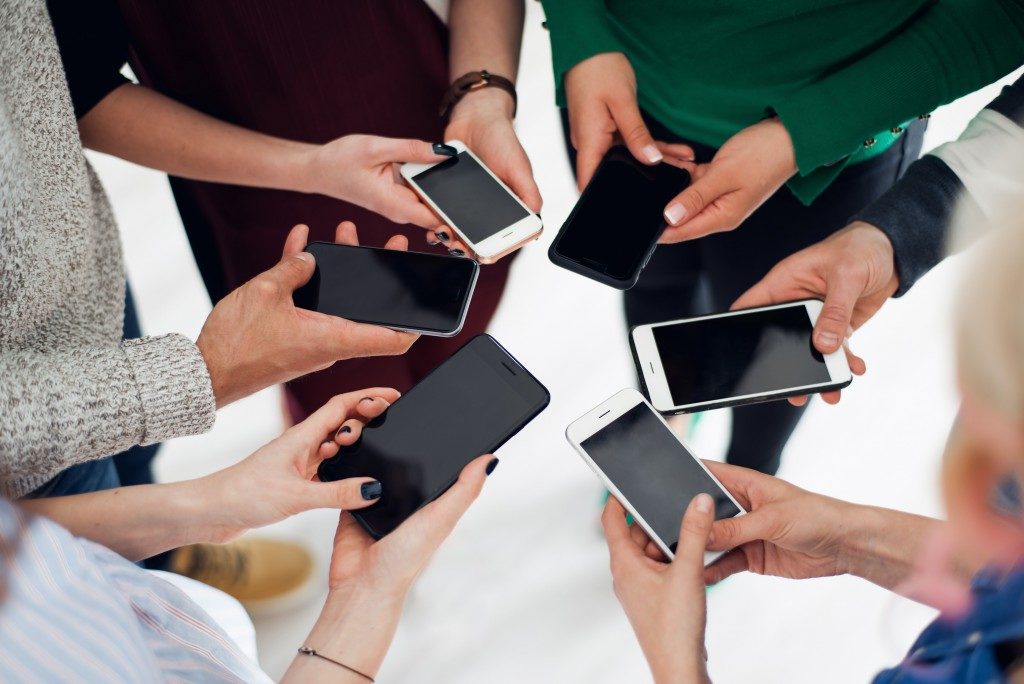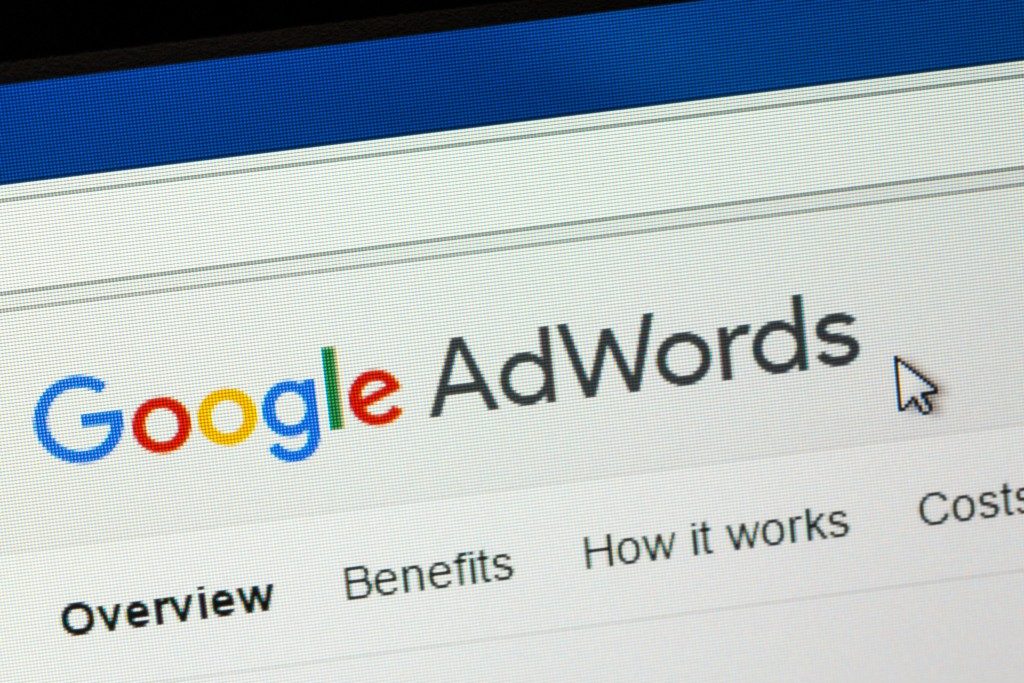If you’re planning to import LED (light-emitting diode) products to either sell or use for personal or professional purposes, you’ll be subject to safety regulations concerning the proper use of the products.
You can be sourcing your LED products from the other side of the world, but that won’t make it any less subject to regulations relevant to safe usage, energy efficiency regulations, labeling protocols, lab testing, and documentation.
Why are LED lights regulated?
Like all products subject to public consumption, LED lights have their downsides. Lifetime exposure of the eye’s lens and retina to the blue peaks emitted by LEDs can increase the risk of age-related macular degeneration and cataracts.
The risks that come with improper use of LEDs prompted regulations to be set in place to prevent accidents in places where LEDs are commonly used, such as in workplaces, roads, homes, and other establishments in the form of waning and vehicle lights.
The regulations also work to ensure that radiofrequency energies emitted by LED lights don’t interfere with crucial radio communications that transpire round-the-clock, such as radio communications used by emergency responders.
What are the FCC standards followed?
To save you time on doing hours of research about safety regulations for the use of LEDs, we’ve compiled and included an overview of the most important standards followed by users and sellers of LED products in the United States.
FCC Part 15
The FCC (Federal Communications Commission) is responsible for the international and interstate regulation of communications made through cable, satellite, wire, television, and radio in all 50 U.S. states, territories, and the District of Columbia.
The FCC Part 15 puts LED lighting products under their jurisdiction once the import and trade get in U.S. territory. An example of this is when a LED light bulb operates at certain frequencies that are counted as unintentional and intentional radiators. The light bulb can emit radiofrequency energy that may or may not interfere with regular radio communications.

Unintentional Radiators
Regulators count products containing a chip as unintentional radiators. Unintentional radiators or incidental radiators are devices that create radiofrequency energy without interference from other devices. “Unintentional” covers the part of the electronic product that unintentionally radiates the radiofrequency energy. Simply put, they aren’t produced to emit radiofrequency energy.
LED lighting products contain a chip that directs lighting colors and brightness, meaning they are subject to FCC rules before import and trade within U.S. territory. The FCC limits emissions to within 30MHz and 10,000 MHz to be allowed into the borders.
Intentional Radiators
An intentional radiator is a device that is designed and produced to produce radio frequency energy deliberately. They can be made that way because they’re controlled that way and are more efficient through radio waves. Intentional radiators can be garage door openers, wireless phones, wireless microphones, and many others.
For LED lights, Bluetooth or Wi-Fi controlled ones are considered intentional radiators. Meaning, if you’re planning to use or sell LED lights that use radiofrequency for control, you will need to make sure that the products comply with the requirements on the use of intentional radiators as stated in the FCC Part 15.
As this type of LED is one of the most common ones these days, it won’t be difficult to find ready to use ones in the market. By purchasing tested and passed LEDs, you’re sure that you’re using safe LEDs.
FCC Testing
To ensure that all LED products that pass through American borders and get sold within the land are safe for use, the FCC has recognized corporations that help consumers verify LED product compliance before import and selling.
You can get in touch with these companies that provide LED products testing and Part 15 certifications. Be careful of getting your LEDs tested and certified by companies not recognized by FCC, for the certifications might not always be valid.
FCC Supplier Declaration of Conformity
Aside from testing and certification from FCC-recognized testing companies, you have to secure an FCC Supplier Declaration of Conformity (SDoC) to be able to place your LED products in the U.S. market. The rule is that your business that sells the LEDs must be located in the U.S. If not, your certifications won’t be valid.
LEDs are commonly used everywhere, but their popularity didn’t come with difficulties to become valid and safe for public use. LEDs come with hazards, and safety standards work to eradicate or decrease the risks.
If you’re only looking to use LEDs to customize your room, you can rely on reputable businesses that sell LED lighting products that are ready for use after certification and not import ones that come from other countries without proper certifications.


